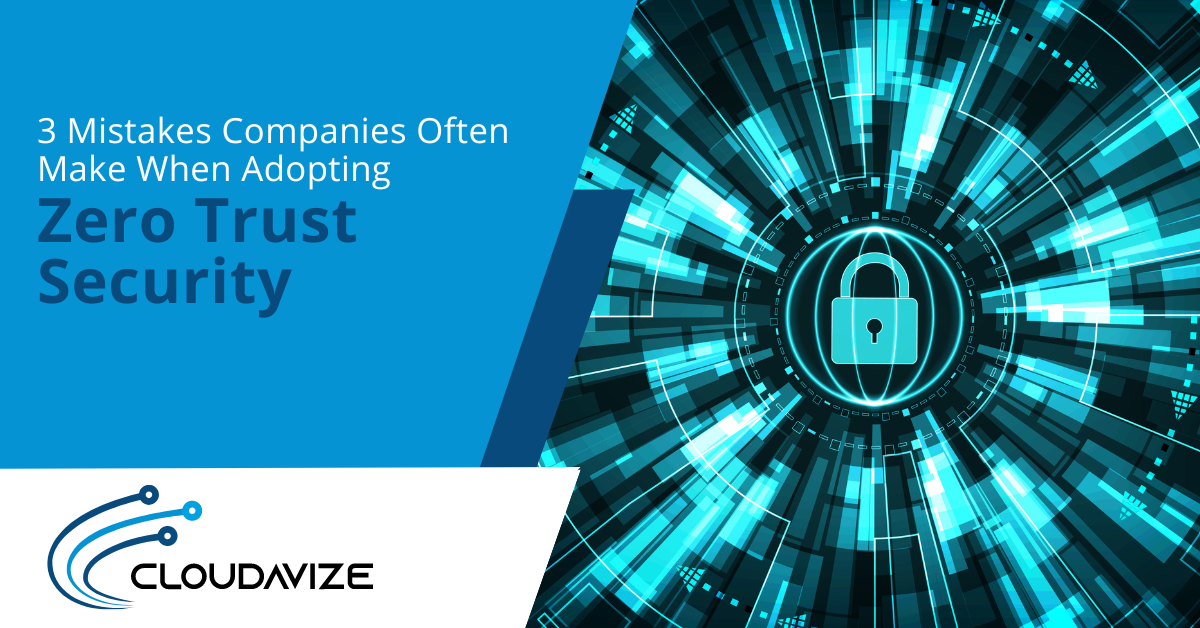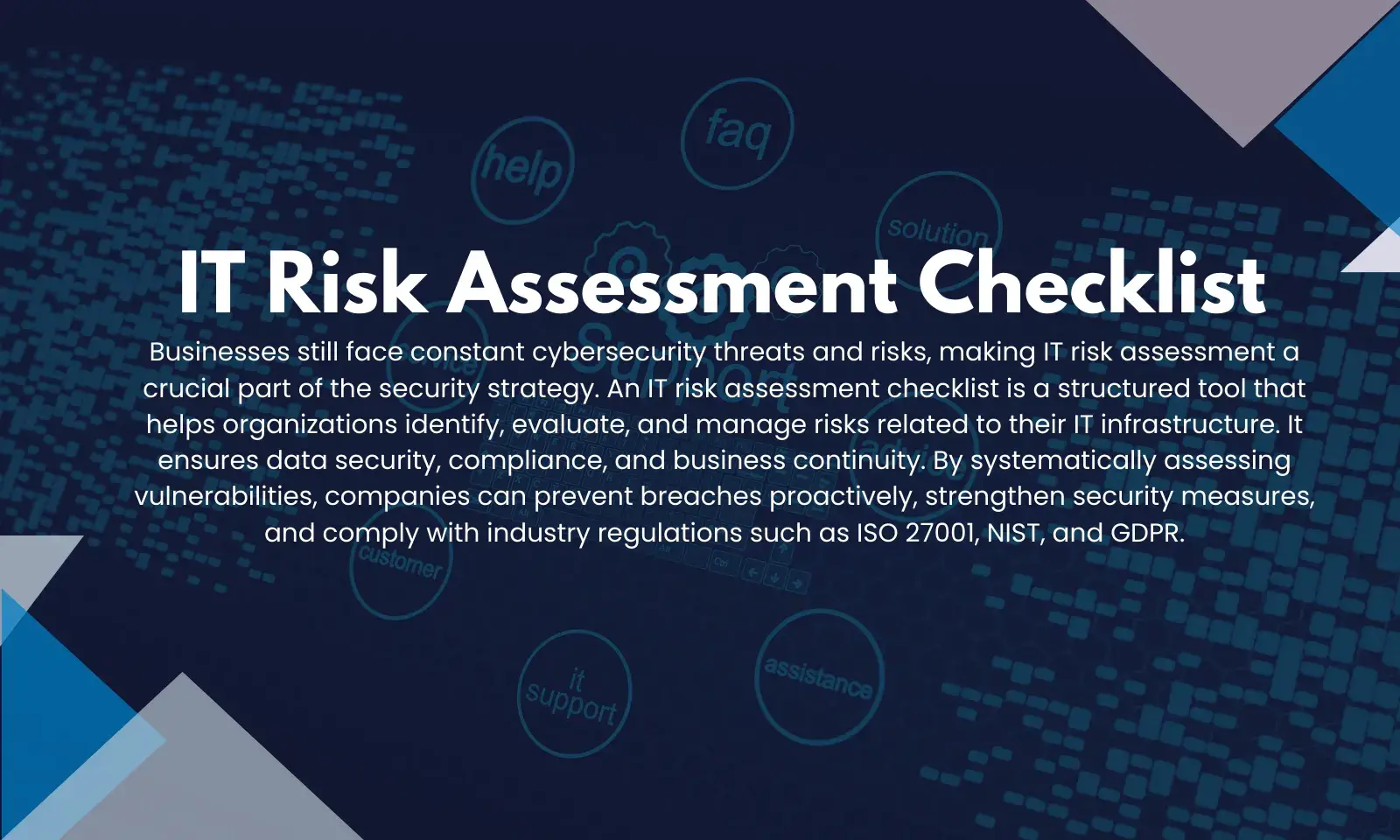In today’s rapidly evolving digital landscape, cybersecurity has become a paramount concern for organizations of all sizes. With the rise of sophisticated cyber threats, traditional security measures are proving inadequate to safeguard sensitive data and infrastructure. As a result, many companies are turning to Zero Trust Security frameworks to fortify their defenses.
However, the implementation of Zero Trust Security is not without its challenges, and there are common mistakes that companies often make during the adoption process. In this article, we will explore these pitfalls and provide insights on how to avoid them to ensure a successful transition to Zero Trust Security.
Table of Contents
Understanding Zero Trust Security
Before delving into the mistakes, it’s crucial to grasp the fundamentals of Zero Trust Security. Unlike traditional security models that rely on perimeter-based defenses, Zero Trust operates on the principle of “never trust, always verify.” This means that every user, device, and application attempting to access the network is authenticated and authorized, regardless of their location or level of trust.
Mistake #1: Neglecting Proper Planning and Assessment
One of the most common mistakes companies make when adopting Zero Trust Security is rushing into implementation without thorough planning and assessment. Without a clear understanding of their existing network architecture, assets, and potential vulnerabilities, organizations risk deploying solutions that are either ineffective or overly restrictive.
Mistake #2: Overlooking User Experience
While prioritizing security is essential, it’s equally important to consider the user experience when implementing Zero Trust measures. Overly stringent security policies can lead to frustration among employees and hinder productivity. Balancing security requirements with usability is crucial to ensure widespread adoption and compliance.
Mistake #3: Failing to Segment Network Access
Zero Trust Security advocates for micro-segmentation, dividing the network into smaller, more manageable segments to limit the lateral movement of threats. However, some organizations overlook this step, resulting in a flat network architecture that provides attackers with unrestricted access once inside.
Avoiding Common Pitfalls
To sidestep these mistakes and achieve a successful Zero Trust Security implementation, companies must adopt a strategic approach guided by best practices.
Conduct Comprehensive Risk Assessment
Before embarking on the Zero Trust journey, organizations should conduct a comprehensive risk assessment to identify assets, evaluate potential threats, and understand their security posture. This assessment serves as the foundation for designing and implementing effective security controls tailored to their specific needs.
Prioritize User-Centric Security
To strike the right balance between security and user experience, companies should prioritize user-centric security solutions. This involves implementing multifactor authentication, adaptive access controls, and seamless authentication methods to enhance security without impeding user productivity.
Embrace Network Segmentation
Micro-segmentation is a cornerstone of Zero Trust Security, and companies must embrace this strategy to mitigate the risk of lateral movement by attackers. By segmenting the network into distinct zones based on trust levels and implementing strict access controls, organizations can contain breaches and minimize the impact of potential security incidents.
Adopt Zero Trust Today
While adopting Zero Trust Security can significantly enhance an organization’s cybersecurity posture, it’s essential to navigate the implementation process carefully to avoid common pitfalls. By conducting thorough planning and assessment, prioritizing user experience, and embracing network segmentation, companies can effectively mitigate risks and safeguard their digital assets. As cybersecurity threats continue to evolve, embracing a Zero Trust Security model is imperative for protecting sensitive data and maintaining business continuity.
For more information on how to implement Zero Trust Security effectively, please contact Cloud Avize.


